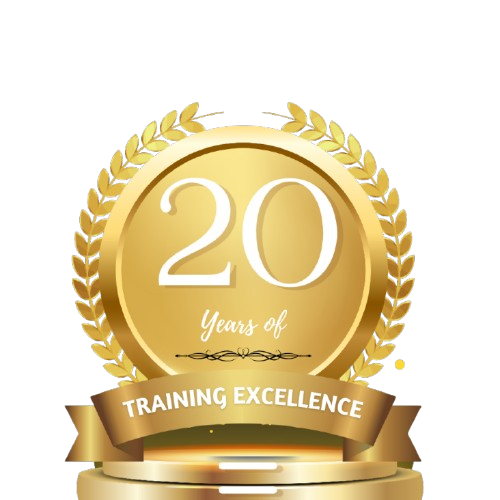Knowledge Management Course
Today’s culture thrives on knowledge. Possessing knowledge gives advantages in making the right decisions or strategies to implement. The Internet distributes knowledge at split-second rates while laptops, tablets and smart phones bring knowledge to our fingertips in an instant. As the old adage says, “knowledge is power.” Organizations have a wealth of knowledge accessible through the people they touch internally (employees) and externally (customers). Organizations that allow knowledge to go unmanaged may be giving their competitors the upper hand in the market. The organization that is able to capture, store, and retrieve knowledge effectively is then capable of learning as an organization. A learning organization is one where employees are empowered to change and develop new methods, thoughts, and strategies that will advance the mission of their organization.
Knowledge Management is the establishment of a system that captures knowledge purposefully for
incorporation into organizations strategies, policies, and practices at all levels. This course will teach
participants how to initiate a knowledge management program at work. When it comes to knowledge
management, any organization is able to implement a strategy. Wherever there are humans working together for one goal, there is knowledge to be harvested, stored and dispensed as required.
Training Outcomes.
After completing this Course Participants will Have Learned to:
✓ Describe the concepts behind knowledge management (KM)
✓ Examine the Do’s and Don’ts of successful knowledge management
✓ Interpret the knowledge management lifecycle
✓ Identify the knowledge management paradigm
✓ Learn about the knowledge management models
✓ Build a rationale for KM in an organization
✓ Develop a KM implementation strategies
Main Modules
Understanding Knowledge Management (KM)
✓ What is Knowledge
✓ What is Knowledge Management
✓ A Brief History Applications in the Workplace
Do’s and Don’ts
✓ Data, Information and Knowledge
✓ The Tacit Mode
The KM Life Cycle
✓ Understanding Episodes
✓ Acquisition Knowledge
✓ Integration
The New KM Paradigm
✓ Paradigms of the Past
✓ The New Paradigm Implications and Applications
✓ The Knowledge Management
KM Models
✓ The Nonaka and Takeuchi Model (SECI)
✓ Wiig Model
✓ Kakabadse Model
✓ Boisot Model
Building a KM Rationale
✓ Why Rationale is Necessary Building a Business Case Finding Success Stories
✓ The Commodisation/Customisation Model
Customizing KM Definitions
✓ Components of a Knowledge Management Definition
✓ Customising the Components
✓ Creating a KMBOK
Implementing KM in Your Organization
✓ Gathering Support
✓ Identifying Opportunities for Revenue Streams
✓ Key Knowledge Management Techniques
✓ A Map for Success
✓ The No-Budget Scenario
Tips for Success
✓ About the Chief Knowledge Officer
✓ Knowledge Management Skill Checklist
✓ The Knowledge Management Imperative
✓ The Hype Curve Barriers and Helpers to Success
Advanced Topics
✓ The Knowledge Management Maturity Model
✓ Absorptive Capacity Rustiness Process Model Types Wrapping Up
✓ Words from the Wise
Way forward After the Training
Participants will develop a work plan through the help of facilitators that stipulates application of skills
acquired in improving their organizations. ASPM will monitor implementation progress after the training.
Training Evaluation:
Participants will undertake a simple assessment before the training to gauge knowledge and skills and
another assessment will be done after the training in-order to demonstrate knowledge gained through the training.


